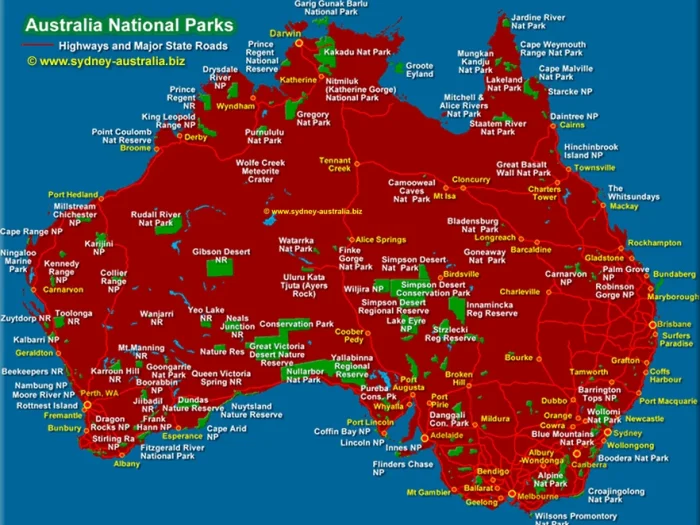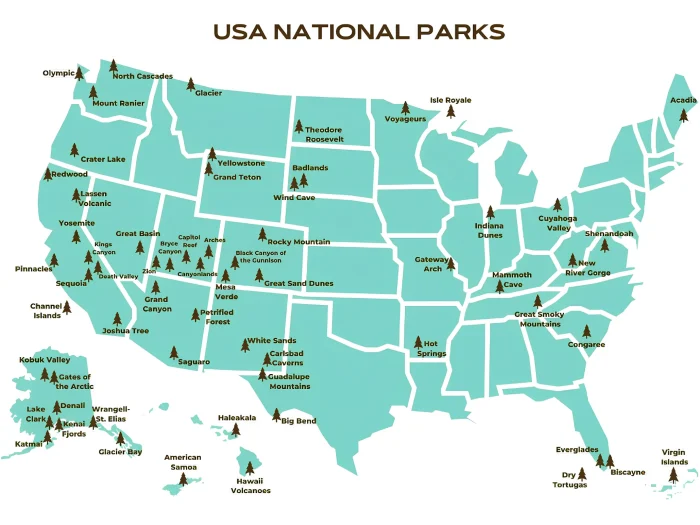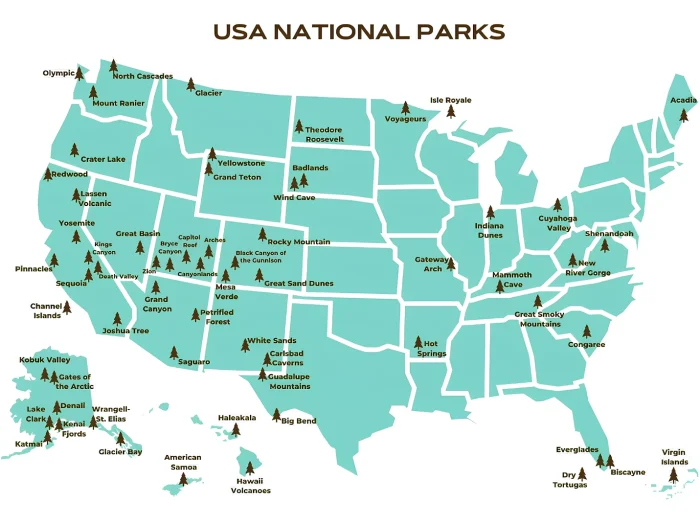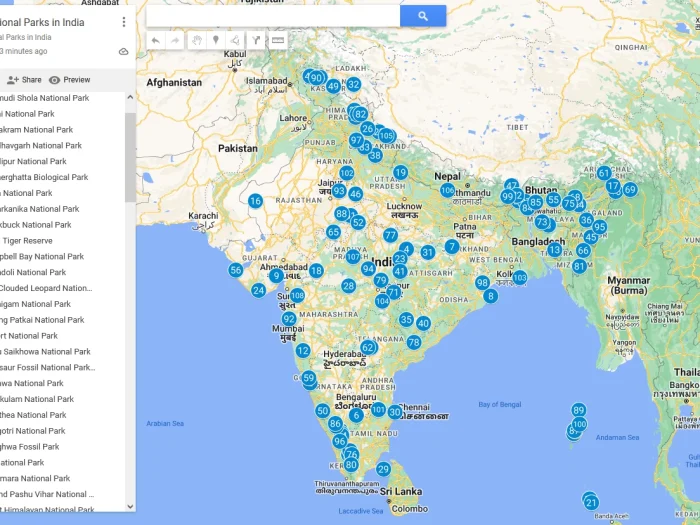List of National Parks in Illinois
List of National Parks in Illinois
Illinoishas 4 National Parks:
- Emmett Till and Mamie Till-Mobley National Monument
- Lincoln Home National Historic Site
- New Philadelphia National Historic Site
- Pullman National Historical Park
4 National Parks in Illinois
(You can click the image below to see it in full size)
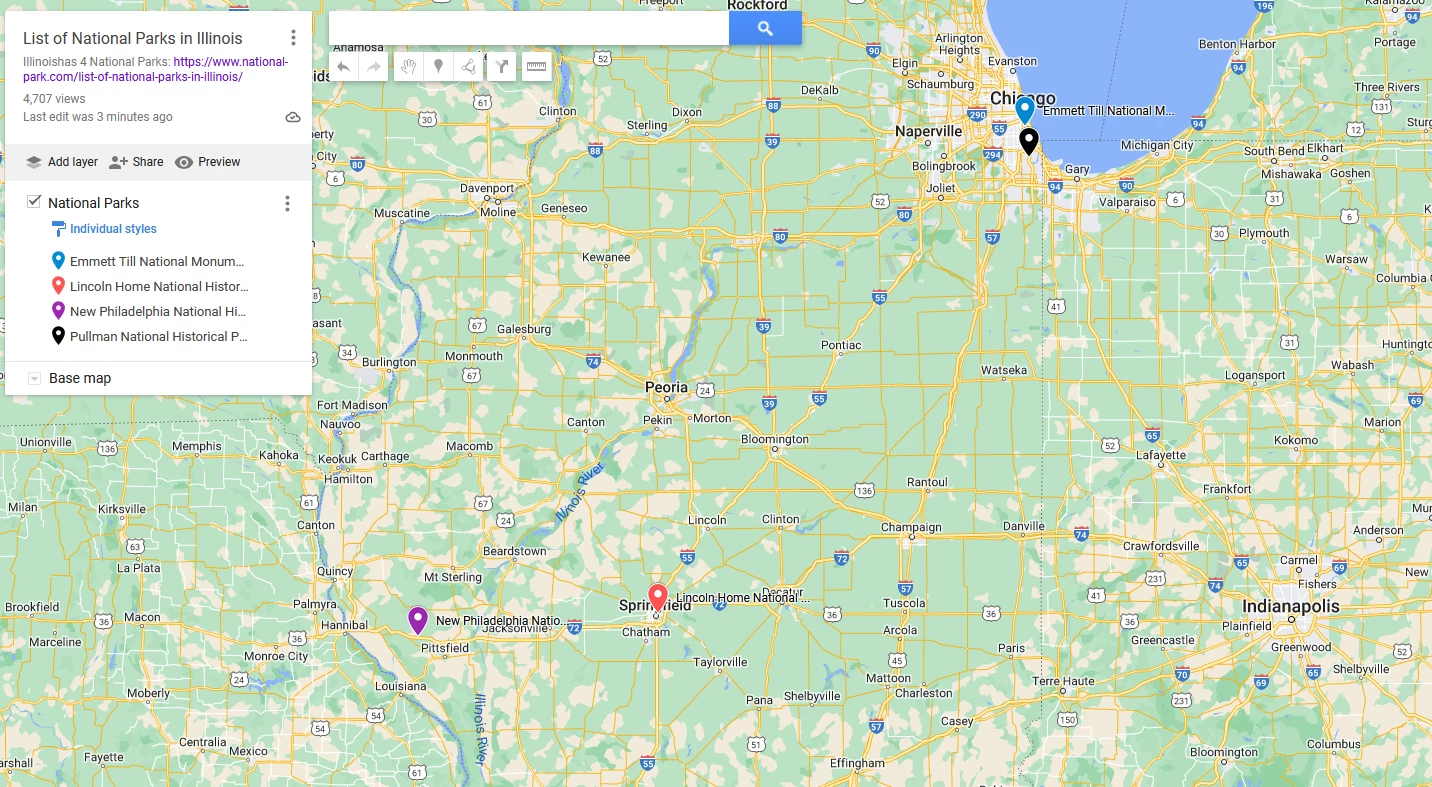
In this article I will write about these parks (infomation, things to do, weather). I also add Illinois National Parks map at the end of the article.
1. Emmett Till and Mamie Till-Mobley National Monument
Emmett Till and Mamie Till-Mobley National Monument is a new National Park site located in Sumner and Glendora, Mississippi, and Chicago, Illinois.
Information:
The Emmett Till and Mamie Till-Mobley National Monument is a site of historical significance in honor of Emmett Till and his mother, Mamie Till-Mobley. Emmett Till was a 14-year-old African American boy who was brutally murdered in 1955 in Money, Mississippi. His death became a catalyst for the Civil Rights Movement in the United States.
The monument is dedicated to preserving the memory of Emmett Till and the impact his tragic death had on the fight for racial justice. It serves as a reminder of the ongoing struggle for civil rights and equality in America.
- Address: 4005 S State St, Chicago, IL 60609
- Official website: https://www.nps.gov/till/index.htm
Things to Do: Visitors to the monument can engage in various activities, such as:
- Educational Tours: Guided tours or self-guided exhibits provide insights into Emmett Till’s life, his tragic death, and the broader context of racial violence and discrimination in America.
- Reflection and Contemplation: Many visitors come to reflect on the legacy of Emmett Till and the ongoing fight for civil rights and social justice.
- Community Events: The monument may host events such as lectures, panel discussions, or cultural performances related to civil rights and African American history.
- Outdoor Exploration: Depending on the monument’s location, visitors might have opportunities for outdoor activities like hiking, picnicking, or birdwatching. You can visit Roberts Temple Church of God in Christ in Chicago’s South Side. There are currently no visitor services and only the exterior of the Church of God in Christ is open for visitors. Please respect the private property of the church.
Weather:
- Spring (March to May): Spring brings fluctuating temperatures, with highs typically ranging from the 40s to 60s Fahrenheit (4-20°C). It’s a transitional season with occasional rain showers.
- Summer (June to August): Summers is warm and humid. High temperatures often reach the 80s and occasionally exceed 90°F (25-35°C). Heatwaves are not uncommon, especially in July and August.
- Fall (September to November): Fall brings cooler temperatures, with highs in the 50s and 60s°F (10-20°C). It’s a beautiful time to visit as the leaves change color, but be prepared for occasional rain and cooler evenings.
- Winter (December to February): Winters is cold and snowy. High temperatures typically range from the 20s to 30s°F (-5 to 5°C), with occasional drops below zero during cold snaps. Snowfall is common, and the city can experience heavy snowstorms.
2. Lincoln Home National Historic Site
The Lincoln Home National Historic Site preserves the Springfield, Illinois residence where Abraham Lincoln lived with his family from 1844 until he became the 16th President of the United States in 1861. Here’s some information about the site, things to do, and typical weather conditions:
Information: The Lincoln Home National Historic Site encompasses not only the Lincoln family home but also several other historic buildings in the surrounding neighborhood. Visitors can explore the preserved interiors of Lincoln’s home, furnished as they would have been during his residency, and learn about his life and legacy through exhibits and ranger-led tours. The site provides insights into Lincoln’s personal and political life, offering a glimpse into the environment that shaped his character and beliefs.
- Address: 413 S 8th St, Springfield, IL 62701, United States
- Officialwebsite: http://nps.gov/liho/index.htm
- Phone: +1 217-492-4241
Things to Do: Visitors to the Lincoln Home National Historic Site can engage in various activities, such as:
- Guided Tours: Park rangers lead informative tours of the Lincoln home, providing historical context and sharing stories about the family’s time there.
- Visitor Center: The visitor center offers exhibits, films, and educational displays about Lincoln’s life, the Civil War era, and the impact of his presidency.
- Neighborhood Exploration: Take a stroll through the surrounding neighborhood, where other historic buildings and landmarks associated with Lincoln’s life and times are located.
- Special Events: The site hosts special events throughout the year, including living history demonstrations, reenactments, and educational programs for visitors of all ages.
Weather: Springfield, Illinois experiences four distinct seasons:
- Spring: Spring brings mild temperatures, with highs ranging from the 50s to 70s Fahrenheit (10-20°C). It can be a pleasant time to visit as the flowers bloom and the city comes to life.
- Summer: Summers in Springfield are warm and humid, with temperatures often reaching the 80s and occasionally exceeding 90°F (25-35°C). It’s the busiest tourist season, but be prepared for hot weather.
- Fall: Fall brings cooler temperatures, with highs in the 50s and 60s°F (10-20°C). The autumn foliage can be stunning in the surrounding area, making it a popular time for visits.
- Winter: Winters are cold in Springfield, with temperatures frequently dropping below freezing. Snow is not uncommon, and temperatures can range from the 20s to 40s°F (-5 to 5°C). The site may have reduced hours or closures during inclement weather, so it’s best to check ahead if you plan to visit during the winter months.
3. New Philadelphia National Historic Site
The New Philadelphia National Historic Site commemorates the first town in the United States planned and legally registered by an African American, Free Frank McWorter. Here’s some information about the site, things to do, and typical weather conditions:
Information: New Philadelphia was founded in 1836 by Free Frank McWorter, a formerly enslaved man who purchased his freedom and subsequently founded the town in Illinois. The site preserves the archaeological remnants of the town and interprets its history, highlighting its significance as a pioneering example of African American self-determination and community-building in the 19th century.
- Address: Broad Street, 2159E Cty 2, Barry, IL 62312, United States
- Official website: https://www.nps.gov/places/new-philadelphia-nhs.htm
- Phone: +1 217-335-2716
Things to Do: Visitors to the New Philadelphia National Historic Site can engage in various activities, such as:
- Guided Tours: Ranger-led tours provide insights into the history of New Philadelphia, its founding, growth, and eventual decline. Visitors can learn about Free Frank McWorter, the residents of the town, and the broader context of African American settlement in the Midwest.
- Visitor Center: The visitor center offers exhibits, displays, and educational materials about the history of New Philadelphia, including artifacts recovered from archaeological excavations.
- Self-Guided Walking Tour: Explore the archaeological site of New Philadelphia on a self-guided walking tour, following interpretive signs and markers that provide information about the town layout and its significance.
- Special Events: The site hosts special events, programs, and activities throughout the year, including lectures, workshops, and community celebrations highlighting aspects of African American history and culture.
Weather: The weather conditions around the New Philadelphia National Historic Site will vary depending on its location in Illinois. Generally, Illinois experiences four distinct seasons:
- Spring: Spring brings mild temperatures, with highs ranging from the 50s to 70s Fahrenheit (10-20°C). It’s a beautiful time to visit as nature comes to life and flowers bloom.
- Summer: Summers in Illinois are warm and humid, with temperatures often reaching the 80s and occasionally exceeding 90°F (25-35°C). It’s the busiest tourist season, but be prepared for hot weather and the possibility of thunderstorms.
- Fall: Fall brings cooler temperatures, with highs in the 50s and 60s°F (10-20°C). The autumn foliage can be stunning in Illinois, making it a popular time for visits.
- Winter: Winters are cold in Illinois, with temperatures frequently dropping below freezing. Snow is common, and temperatures can range from the 20s to 40s°F (-5 to 5°C). The site may have reduced hours or closures during inclement weather, so it’s best to check ahead if you plan to visit during the winter months.
4. Pullman National Historical Park
The Pullman National Historical Park commemorates the Pullman Company and the planned industrial community of Pullman, Illinois, which played a significant role in American industrial and labor history. Here’s some information about the site, things to do, and typical weather conditions:
Information: The Pullman National Historical Park preserves and interprets the historic Pullman district, which was developed in the late 19th century as a model industrial town by George Pullman, the founder of the Pullman Palace Car Company. The site encompasses historic buildings, landscapes, and artifacts related to the company town and its impact on labor relations and urban planning.
- Address: 610 E 111th St, Chicago, IL 60628, United States
- Official website: https://www.nps.gov/pull/index.htm
- Phone: +1 773-468-9310
Things to Do: Visitors to the Pullman National Historical Park can engage in various activities, such as:
- Visitor Center: Start your visit at the visitor center, where you can learn about the history of Pullman, the Pullman Company, and the community that developed around it through exhibits, films, and interpretive displays.
- Guided Tours: Ranger-led tours of the historic district provide insights into the architecture, landscape design, and social history of Pullman. Visitors can explore restored buildings, including the Hotel Florence and the Pullman Factory Complex.
- Self-Guided Walking Tour: Take a self-guided walking tour of the Pullman district, following interpretive signs and markers that highlight points of interest and historical significance.
- Special Events: The site hosts special events, programs, and activities throughout the year, including living history demonstrations, lectures, and community festivals celebrating the heritage of Pullman and its residents, and concerts nearby at The Pavilion at Ravinia, where you can enjoy a diverse lineup of performances, including those by the Chicago Symphony Orchestra and various popular artists.
Weather: The weather conditions around the Pullman National Historical Park will vary depending on its location in Chicago, Illinois. Generally, Chicago experiences four distinct seasons:
- Spring: Spring brings mild temperatures, with highs ranging from the 50s to 70s Fahrenheit (10-20°C). It’s a beautiful time to visit as nature comes to life, and flowers bloom.
- Summer: Summers in Chicago are warm and humid, with temperatures often reaching the 80s and occasionally exceeding 90°F (25-35°C). It’s the busiest tourist season, but be prepared for hot weather and the possibility of thunderstorms.
- Fall: Fall brings cooler temperatures, with highs in the 50s and 60s°F (10-20°C). The autumn foliage can be stunning in Chicago, making it a popular time for visits.
- Winter: Winters are cold in Chicago, with temperatures frequently dropping below freezing. Snow is common, and temperatures can range from the 20s to 40s°F (-5 to 5°C). The site may have reduced hours or closures during inclement weather, so it’s best to check ahead if you plan to visit during the winter months.
Illinois National Parks map on Google map
Now you can answer the question :”How many National Parks in Illinois” Illinois has 4 national parks.
Which do you think is the best national park in Illinois? I think it is Pullman National Historical Park
Tag: Illinois National Parks, National Parks in Illinois, National Parks illinois, are there any national parks in illinois, List of National Parks in Illinois 2024, does illinois have a national park, national park illinois, national park in Illinois, US national parks in Illinois

